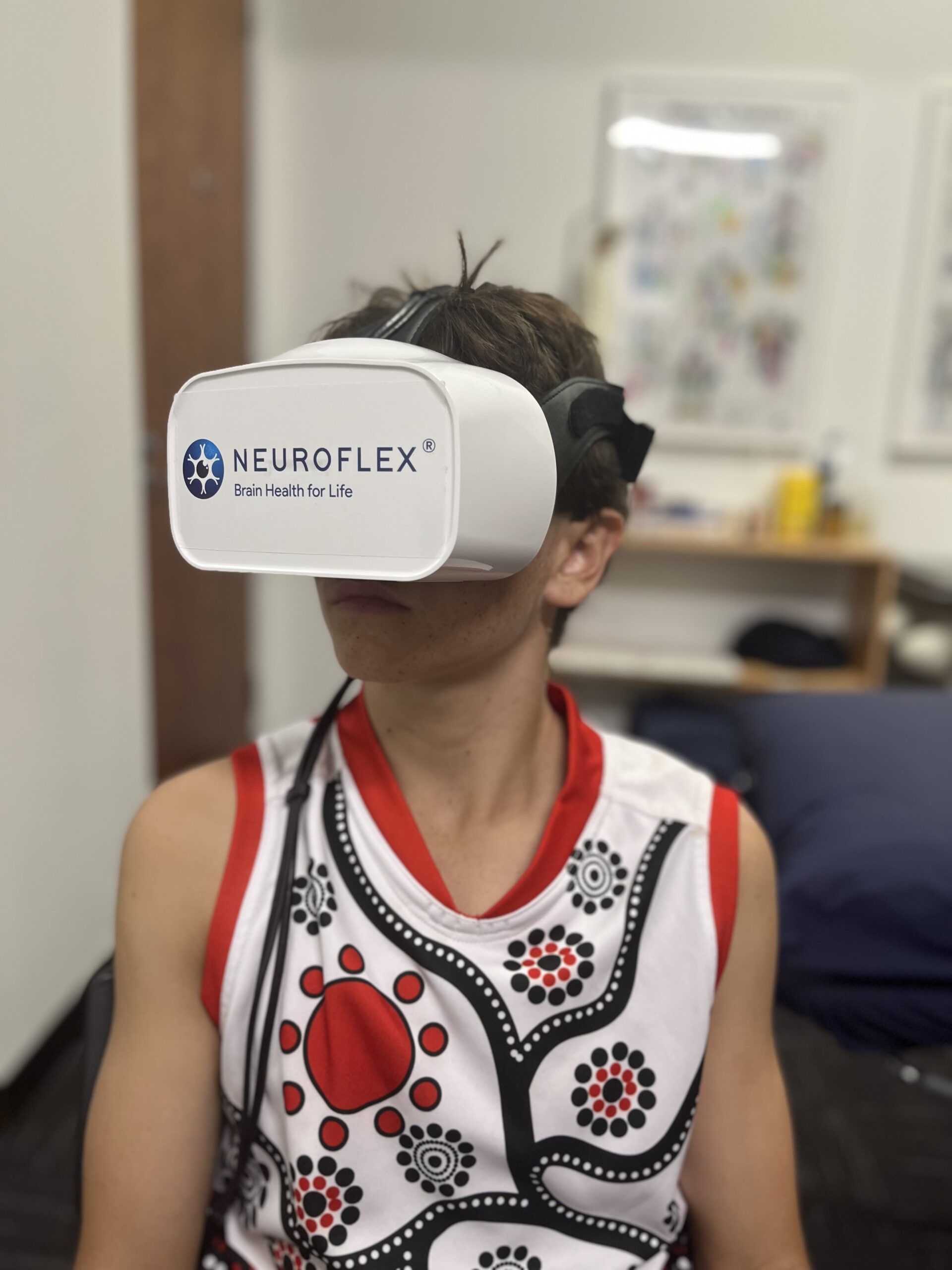Image source; https://www.pexels.com
With the weather warming up (slowly) and the Rotto swim registrations open, it’s the time of year where a lot of our patients are getting back into the pool. But are your shoulders strong enough to cope with consistent training for the next few months?
Especially if you’re wanting to do the swim in February, it’s important to know that overtraining injuries tend to pop up a few months after you’ve started training.
In the physio clinic last year, we had a patient who was so excited about their first ever Rotto Swim. They had always been a strong swimmer, but hadn’t done intensive and sustained training for a few years. After joining a team, training with intent …6 weeks later they came to the clinic with shoulder pain. The rest of the season was spent with massage to loosen sore and over worked muscles, modified training and basic rotator cuff maintenance. They managed to finish the swim. This winter they developed a gym program to perform advanced rotator cuff exercises and upper body strengthening – so that now they have increased their training as of 3 weeks ago for the 2023 swim – and are feeling great.
So that you’re not dealing with shoulder injuries on the big swim day, here are a few tips on how to avoid shoulder pain and how to keep up your training when your shoulders are bothering you.
- Get your shoulders strong: Your shoulder is the most mobile joint in the body, think golf ball resting on a vertical plate. Swimming takes full advantage of this spherical movement. Training shoulder strength in all directions is important – reaching overhead, rotating, extending backward are all key movements.
- Manage your training load: If, like me, you tend to avoid the water during the colder months, and then start swimming 3-5 times a week when you sign up to a race, it is going to be too much. This is more likely to result in injury. Instead, gradually increase the amount you’re doing – and make sure you give yourself 1-2 days rest between sessions for the first 3 weeks.
- Adapt your training: If you’re noticing a niggle during a session, modifying your stroke can let your muscles have time to rest, without having to stop completely. This can look like swapping to backstroke or using a kickboard to focus on your legs for a few laps.
Signing up to a big race is so motivating for good exercise habits but so disheartening, when after you have committed, pain makes training interrupted. Think about how much overhead exercise your arms have done BEFORE you dive into a heavy training schedule. Looking for more ideas on how to get your body ready for swim training? Follow our Facebook/Instagram and look out for some exercise ideas you can try at home!









